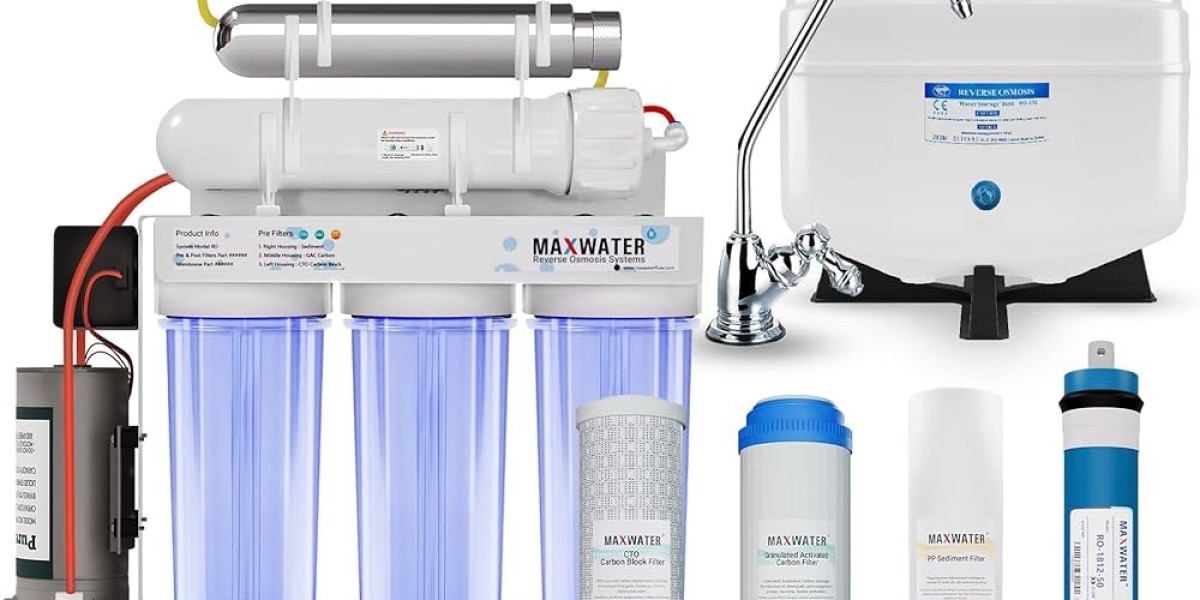The containerboard market is experiencing robust growth, driven by the increasing demand for sustainable packaging solutions and the rise of e-commerce. Containerboard, primarily used in the manufacturing of corrugated boxes, plays a crucial role in packaging, protecting, and transporting goods. As global trade expands and consumer preferences shift toward environmentally friendly options, the containerboard market is poised for significant growth in the coming years.
According to Stratview Research, the containerboard market was estimated at USD 130.1 billion in 2022 and is likely to grow at a CAGR of 2.53% during 2023-2028 to reach USD 151.9 billion in 2028.
Current Market Trends
One of the most prominent trends influencing the containerboard market is the surge in e-commerce. The COVID-19 pandemic accelerated the shift toward online shopping, leading to an unprecedented demand for packaging materials. According to industry reports, the global e-commerce sector is expected to continue its upward trajectory, which in turn will drive the demand for containerboard products. Retailers and logistics companies are increasingly relying on corrugated packaging to meet consumer expectations for safe and efficient product delivery.
Another significant trend is the growing emphasis on sustainability. As consumers become more environmentally conscious, companies are actively seeking sustainable packaging solutions to reduce their carbon footprint. Containerboard, often made from recycled materials, offers an eco-friendly alternative to plastic packaging. Manufacturers are focusing on developing innovative and recyclable containerboard products, catering to the rising demand for sustainable packaging options.
Key Growth Drivers
Several factors are contributing to the growth of the containerboard market. Firstly, the expansion of the global food and beverage industry is driving demand for reliable and durable packaging solutions. The need for safe transportation of food items has led to increased use of corrugated boxes, which provide excellent protection against damage and contamination.
Secondly, advancements in manufacturing technologies are enabling containerboard producers to enhance their production processes and improve product quality. Innovations such as digital printing and automated production lines are allowing manufacturers to meet the specific requirements of their customers more efficiently.
Future Outlook
Looking ahead, the containerboard market is expected to continue its upward trend. Market analysts project a steady growth rate, driven by ongoing demand from the e-commerce sector, increased focus on sustainability, and the expansion of various end-use industries, including pharmaceuticals and consumer goods.
However, challenges such as fluctuations in raw material prices and competition from alternative packaging materials may impact market dynamics. To stay competitive, companies will need to invest in research and development to innovate and enhance the functionality of containerboard products.
Conclusion
In summary, the containerboard market is set for significant growth, propelled by the rise of e-commerce and a growing emphasis on sustainable packaging solutions. As consumer preferences evolve and industries adapt, the containerboard market will continue to play a vital role in global trade and logistics, providing essential packaging solutions for a wide range of applications. With ongoing innovation and a commitment to sustainability, the future of the containerboard market looks promising.








